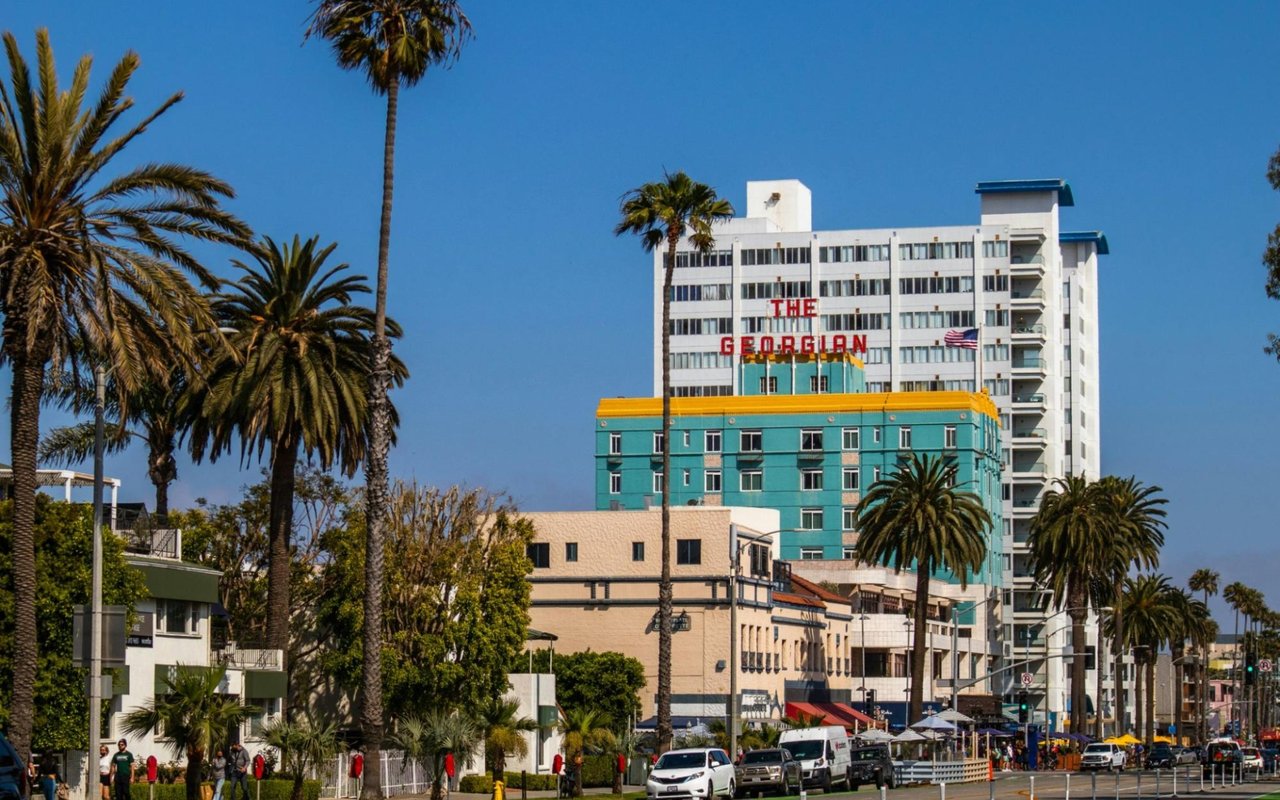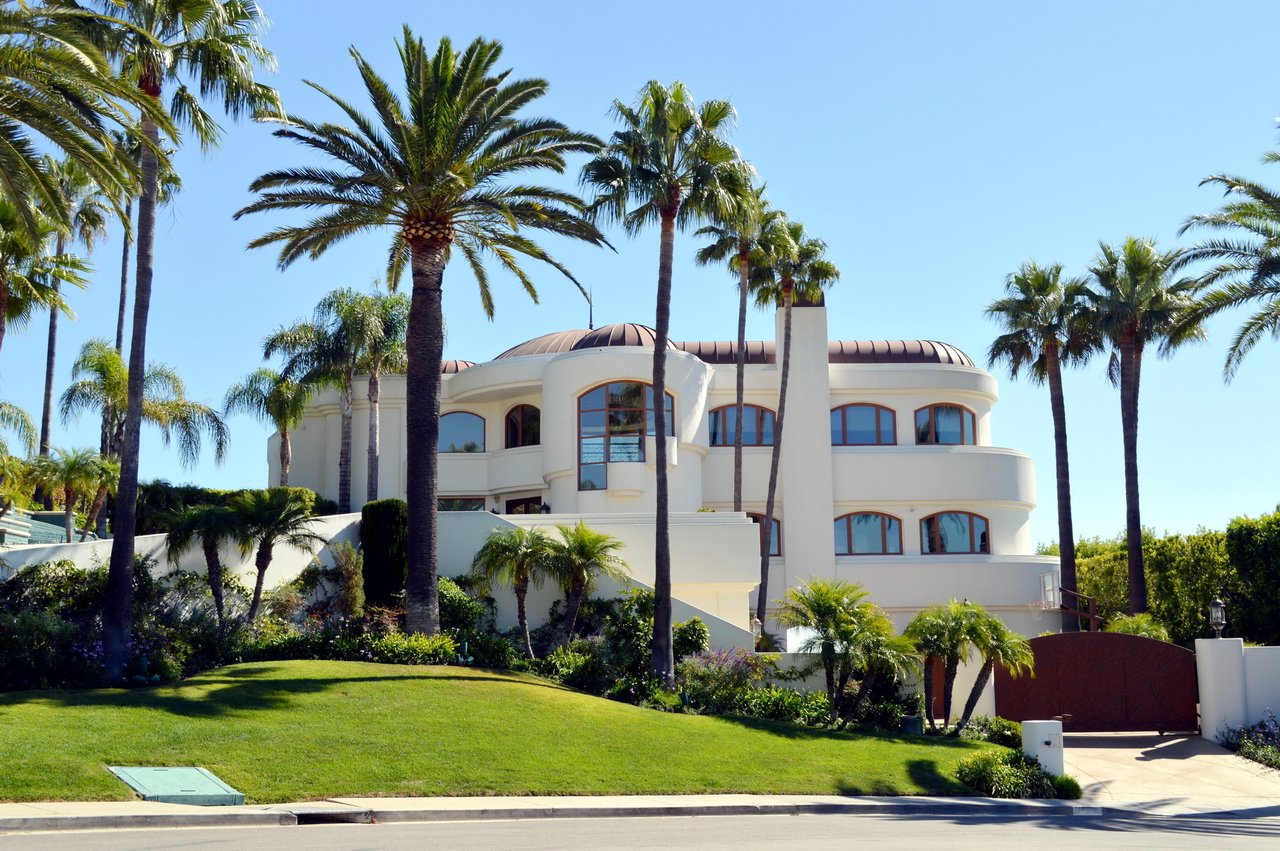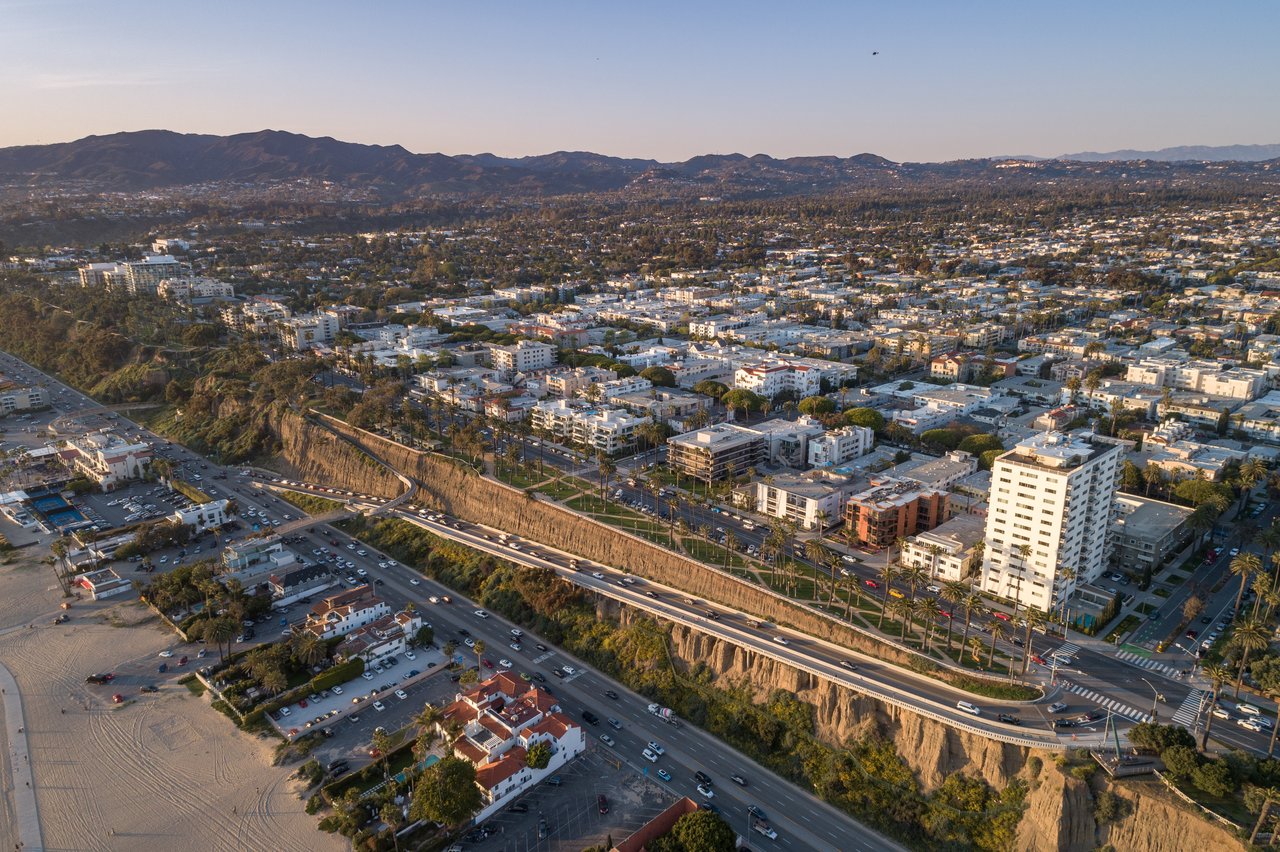Santa Monica’s rich architectural history tells the story of its growth, cultural shifts, and commitment to both modern innovation and preserving historical charm. From historic landmarks to contemporary designs, Santa Monica architecture is a fascinating blend of styles that showcases the creativity and evolution of Southern California’s design landscape. Whether you're an architecture enthusiast or simply curious about the buildings you pass by, these landmarks offer a glimpse into the architectural soul of the city.
The Georgian Hotel: Art Deco Grandeur
One of the most recognizable examples of Santa Monica architecture is the Georgian Hotel, located along Ocean Avenue. Built in 1933, this striking building is a prime example of Art Deco design, with its bold geometric lines, bright turquoise color, and streamlined aesthetic. The Georgian has long been a favorite among Hollywood elites and visitors alike, thanks to its stunning location overlooking the Pacific Ocean.
The Georgian Hotel's history as a speakeasy during the Prohibition era adds an air of intrigue to its already glamorous appearance. Its neon sign and ornate façade continue to make it a standout example of Santa Monica’s Art Deco influence, a style that became popular in the early 20th century and reflected the optimism and exuberance of the time.
The Georgian Hotel's history as a speakeasy during the Prohibition era adds an air of intrigue to its already glamorous appearance. Its neon sign and ornate façade continue to make it a standout example of Santa Monica’s Art Deco influence, a style that became popular in the early 20th century and reflected the optimism and exuberance of the time.
Santa Monica City Hall: Art Moderne Elegance
Built in 1938, Santa Monica City Hall is another fine example of Art Deco-inspired design, though its style is classified as Art Moderne, a sleeker and more streamlined version of the earlier Art Deco movement. The building was designed by Donald B. Parkinson, who was also responsible for Los Angeles City Hall, and its curved lines and clean white façade make it an elegant feature of Santa Monica's civic landscape.
The building's interior is equally impressive, with rich wood paneling, terrazzo floors, and beautiful murals that reflect the history and natural beauty of the area. Santa Monica City Hall has stood the test of time, maintaining its status as one of the city’s most important architectural landmarks.
The building's interior is equally impressive, with rich wood paneling, terrazzo floors, and beautiful murals that reflect the history and natural beauty of the area. Santa Monica City Hall has stood the test of time, maintaining its status as one of the city’s most important architectural landmarks.
The Santa Monica Pier: A Cultural Icon
While not typically viewed through the lens of architectural grandeur, the Santa Monica Pier is an iconic structure that has played a significant role in shaping the cultural and architectural fabric of the city. Completed in 1909, the pier was originally built to carry sewage pipes beyond the breakers, but it quickly became a beloved recreational spot for locals and tourists alike.
The pier has been expanded and renovated over the decades, but it still retains much of its early 20th-century charm, with its wooden planks, historic carousel, and iconic neon sign. The pier is a symbol of the city’s seaside culture and is an architectural landmark in its own right, reflecting the early development of Santa Monica as a destination for fun and relaxation.
The pier has been expanded and renovated over the decades, but it still retains much of its early 20th-century charm, with its wooden planks, historic carousel, and iconic neon sign. The pier is a symbol of the city’s seaside culture and is an architectural landmark in its own right, reflecting the early development of Santa Monica as a destination for fun and relaxation.
The Annenberg Community Beach House: A Blend of Past and Present
The Annenberg Community Beach House is a unique public space that combines the rich history of the original Marion Davies Estate with contemporary architectural elements. The beach house was originally part of a massive estate built by newspaper tycoon William Randolph Hearst for his mistress, actress Marion Davies, in the 1920s.
The original mansion was demolished in the 1950s, but the guest house and pool remain, both of which have been restored to their former glory. The modern structure that now houses the community center, designed by Frederick Fisher and Partners, blends contemporary design with historic elements, making the Annenberg Beach House a perfect example of how Santa Monica architecture respects its past while embracing the future.
The original mansion was demolished in the 1950s, but the guest house and pool remain, both of which have been restored to their former glory. The modern structure that now houses the community center, designed by Frederick Fisher and Partners, blends contemporary design with historic elements, making the Annenberg Beach House a perfect example of how Santa Monica architecture respects its past while embracing the future.
Shutters on the Beach: Coastal Luxury
For those seeking the quintessential beachside experience, Shutters on the Beach is a prime example of Santa Monica’s coastal luxury aesthetic. This hotel, designed by Michael Smith in a style reminiscent of the grand beach houses of the East Coast, blends traditional charm with modern comfort. With its shingled exterior, large windows, and wraparound balconies, Shutters on the Beach reflects the relaxed yet upscale vibe that defines much of Santa Monica’s newer architectural trends.
The interior is equally impressive, with its beach-inspired décor and emphasis on natural materials, providing guests with a luxurious escape that feels perfectly in tune with the seaside environment.
The interior is equally impressive, with its beach-inspired décor and emphasis on natural materials, providing guests with a luxurious escape that feels perfectly in tune with the seaside environment.
The Eames House: Modernist Masterpiece
Perched atop the Pacific Palisades bluffs, just a short drive from Santa Monica, the Eames House (also known as Case Study House No. 8) is one of the most significant pieces of modernist architecture in the world. Designed by renowned architects Charles and Ray Eames in 1949, this residence exemplifies the international style of modern architecture with its emphasis on simplicity, clean lines, and functionality.
The house is constructed from prefabricated materials, an innovative approach at the time, and blends seamlessly with its natural surroundings. Floor-to-ceiling windows invite in natural light and create a strong connection between the indoor and outdoor spaces. The Eames House remains a must-see for those interested in Santa Monica architecture, as it continues to influence designers and architects around the globe.
The house is constructed from prefabricated materials, an innovative approach at the time, and blends seamlessly with its natural surroundings. Floor-to-ceiling windows invite in natural light and create a strong connection between the indoor and outdoor spaces. The Eames House remains a must-see for those interested in Santa Monica architecture, as it continues to influence designers and architects around the globe.
Partner with O'Connor Estates
Looking to buy or sell a home in Santa Monica? O'Connor Estates is here to help you navigate the real estate market in this iconic city. Reach out to O'Connor Estates today and let them guide you to real estate success in Santa Monica.







